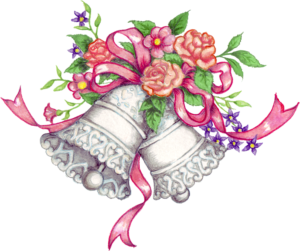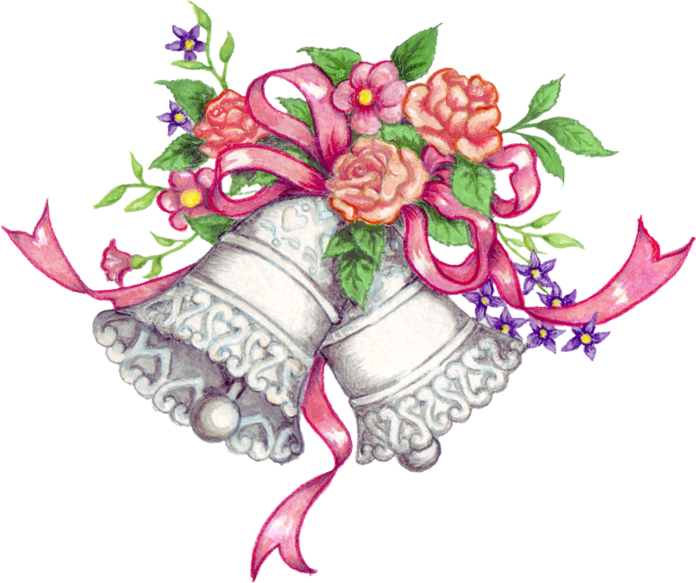If you ever purchased a plant that came with a plant tag, you were given a wealth of information on that tag about the plant, including its name, the growing conditions it needed, and some features of the plant.
Have you ever taken a closer look at the name of the plant? The common name is given followed by the botanical name. Common names can be tricky. Depending on where you happen to live, if you were to ask for a mock orange, you might be sold a pittosporum tobira or a philadelphus coronarius. I, myself, have often wondered where these botanical names came from and why they were chosen. The really cool thing about botanical names, though, is that no matter where you go in the world or what language is spoken, the botanical name of a plant is the same in the U.S., Japan, Australia, Africa, or anywhere you can think of! There are somewhere between 6800 and 6900 languages spoken in the world, so for the identity of plant to have just one name is pretty special. Basically this means that you can shop for a plant in any country in the world, and as long as you use the botanical name, you will get exactly the plant you want.
Botanical names are Latin based, and will often refer to some botanical feature of the plant or where the plant may have originated from. For example, the word “glabra” means smooth leaved. The word “japonica” means it came from Japan. “Aurea” means golden. If you have purchased an elephant ear to add bold leaf texture to your garden, you may have gotten one with the botanical name colocasia esculenta. “Esculenta” means that it is an edible plant. Taro, or poi is eaten in many parts of the world and it is commonly made from the bulb of the colocasia esculenta. If you are curious, try this website http://theseedsite.co.uk/latin.html for list of some of the meanings of the botanical terms used in plants names.
 Speaking of names, my name is changing. For many years I have written under the name of Amy Bledsoe, but on April 13th, I will have the honor of marrying Jeff Wright, and so you will see a different name appearing on my articles. I’m not going anywhere, and will continue to live and work in the Columbia area. I can still be reached at the same e-mail address for some time to come, but will be transitioning to a new one that reflects my name change eventually. My cell phone number will remain the same. Bill Kunze at Jungle Taming will always be able to put you in touch with me. I’m excited to be transitioning into this new phase, of my life and look forward to having a brand new yard to plant in!
Speaking of names, my name is changing. For many years I have written under the name of Amy Bledsoe, but on April 13th, I will have the honor of marrying Jeff Wright, and so you will see a different name appearing on my articles. I’m not going anywhere, and will continue to live and work in the Columbia area. I can still be reached at the same e-mail address for some time to come, but will be transitioning to a new one that reflects my name change eventually. My cell phone number will remain the same. Bill Kunze at Jungle Taming will always be able to put you in touch with me. I’m excited to be transitioning into this new phase, of my life and look forward to having a brand new yard to plant in!





